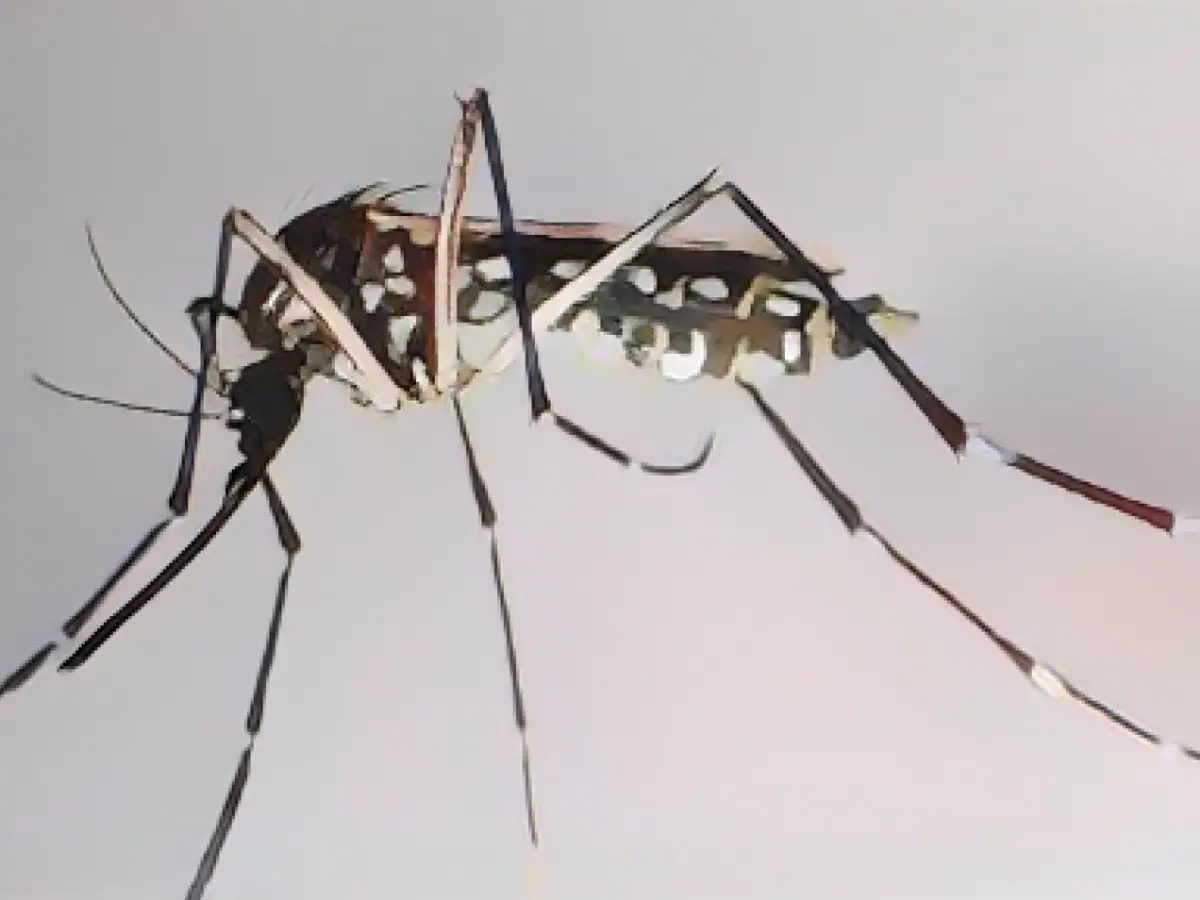One-third of Saxons Struggle with Back Pain in 2021's Health Trends
In 2021, a striking statistic emerged from a study conducted by health insurer AOK. Approximately 33.9% of Saxons sought medical treatment for back pain. Notably, residents from rural areas reported higher incidences than their city-dwelling counterparts. This places Saxony in third place nationally, following Thuringia and Saxony-Anhalt in the back pain rankings .
The study results, published as the "AOK Health Atlas Back Pain," revealed a higher prevalence of back pain patients in North Saxony (38.77%). The lowest figures were observed in Dresden (27.8%) and Leipzig (29.32%). On a national scale, about 31.4% of the population (approximately 26.2 million people) sought medical attention due to neck or back pain in 2021. Women represented a higher proportion of diagnosed patients (around 14.5 million, or 51%) than men (around 11.6 million) .
Aging Population and Lifestyle Factors Influence Back Pain Prevalence
Several factors contribute to the high prevalence of back pain in Saxony and Germany. These include an aging population, lifestyle, and work-related factors. Occupational health management and workplace ergonomics play crucial roles in preventing and managing back pain in Germany .
Advancements in Medical Science and Treatments for Back Pain
Numerous advancements in medical science and disease research help manage and treat back pain. One notable development is the non-surgical, ultrasound-guided procedure using AlloStem cells, particularly effective in the treatment of chronic back pain. The FDA-approved Phase 1/2 ADAPT clinical trial for this procedure has shown impressive results, including a 90% reduction in opioid use and an 80% decline in pain for most patients over three years .
Another treatment option is Spinal Cord Stimulation (SCS). This non-pharmacological, neurostimulation technique employs surgically implanted electrodes and a power source to reduced pain signals traveling to the brain. Advances in SCS technology, such as miniaturized batteries and closed-loop systems, lead to improved treatment effectiveness and patient comfort .
Holistic Care and Patient Involvement in Back Pain Management
Beyond medical treatment, holistic care emphasizing emotional, psychological, and social support is vital in managing chronic conditions like back pain. Projects like ONCOnnect in Germany focus on patient involvement and the development of information and support services, which can also greatly benefit chronic pain management .
In conclusion, the high prevalence of back pain in Saxony and Germany is influenced by factors such as an aging population, lifestyle, and work-related factors. However, numerous advancements in medical science and disease research contribute to better management and treatment options for back pain patients, making a significant impact on the quality of life and productivity of patients in Saxony and beyond.
[1] Source:
Additional Insights from Enrichment Data
Lifestyle and work-related factors, such as physical inactivity and poor posture, contribute significantly to the high prevalence of back and lower extremity pain worldwide. Germane to this context, Germany emphasizes occupational health management and workplace ergonomics to mitigate these challenges.
As the population ages, the incidence of chronic conditions like back pain increases. This demographic shift is also reflected in the study's findings, highlighting the pressing need for targeted interventions and prevention strategies to address this health concern.
Relatedly, genome research is instrumental in identifying tailored therapies for chronic conditions such as back pain, potentially reversing the consequences of genetic and molecular factors. Despite advancements, specific genetic markers for back pain have not been as extensively defined as those for certain cancers.
Advancements in medical science and disease research, like StemSpine treatment, Spinal Cord Stimulation (SCS), and holistic care options, empower patients to manage chronic conditions like back pain more effectively. By leveraging these advancements, Saxony and Germany can offer their residents improved quality of life and productivity while navigating the health challenges associated with chronic conditions.
Holistic care and patient involvement are crucial components of chronic condition management. Projects such as ONCOnnect in Germany demonstrate the potential of integrated approaches involving patient involvement and the development of information and support services. This approach can be extended to chronic pain management and positively impact the quality of life for individuals in Saxony and other regions across Germany.







